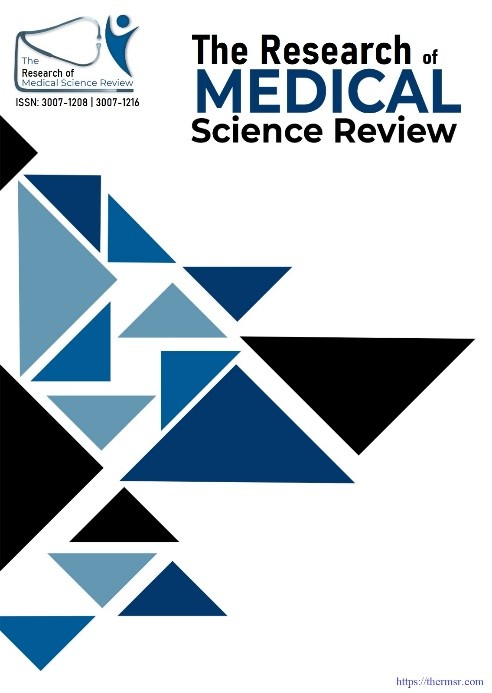LIPID PROFILE PATTERNS IN CHRONIC OBSTRUCTIVE PULMONARY DISEASE AND ITS CORRELATION WITH THE SEVERITY OF DISEASE
Main Article Content
Abstract
Background: Chronic Obstructive Pulmonary Disease (COPD) has become one of the most important morbidity and world mortality causes. It implies systemic manifestation, such as metabolic changes, as well as chronic inflammation of the airways. Dyslipidemia in the patient with COPD has been increasingly identified as a possible contributor to cardiovascular diseases that are found to coexist with COPD. The investigation of the alterations in the lipid profile can contribute to the insight into the evolution of the disease and other involved body systems.
Objectives: To determine the relationship between lipid profile abnormalities and the severity of COPD.
Study design: A Cross-sectional study.
Place and duration of study: Department of Pulmonology at Jinnah Postgraduate Medical Center from September 2024 to March 2025
Methods: out of 96 patients with COPD, identified with the help of spirometry, were considered as the study group of the cross-sectional observational study. The measurements were taken regarding lipid profiles such as total cholesterol, LDL, HDL, and triglycerides. These patients were staged on the basis of FEV1% predicted using the GOLD criteria. There was mean, standard deviation and correlation testing in statistical analysis. Significant were found to be P-values <0.05. ANOVA and Pearson correlation coefficient were used in the relationship between lipid parameters and the disease severity.
Results: 96 participants who were 62.4 8.3 years in a mean age. The correlations between the HDL and the severity of COPD were statistically significant thus showing an inverse relationship (p = 0.002). There was significant difference in the LDL levels and Triglycerides between the GOLD stage III/IV and other stages (p = 0.01 and p = 0.03, respectively). There was no significant trend in the change of the total cholesterol levels at the stages (p = 0.09). The data indicates that, with the progressive deterioration of COPD symptoms, lipid abnormalities worsen, in particular, the increase of TG and the decrease of HDL concentration, denoting the large cardiovascular risk status.
Conclusion: The study shows that there is an observable correlation between the abnormalities in lipids and progressing COPD severity. Abnormal levels of triglycerides and lower levels of HDL in more severe COPD cases draw attention to the presence of systemic inflammation and poor metabolism. Recommendations are to regularly screen COPD patients with lipid profile to define cardiovascular risk. The diagnosis and treatment of dyslipidemia should be managed early as it could enhance better prognosis and minimize comorbid complications in these patients.
Downloads
Article Details
Section

This work is licensed under a Creative Commons Attribution-NonCommercial-NoDerivatives 4.0 International License.
